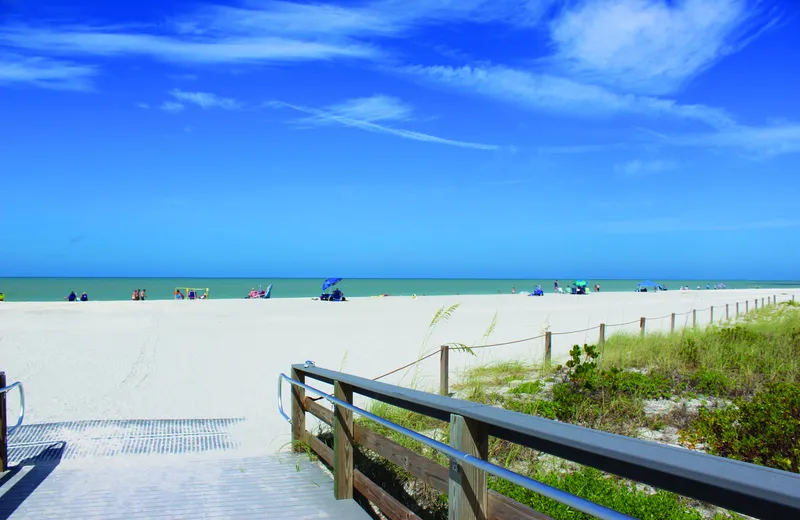Singing Beach Guide: Tips, Activities & Nature’s Symphony
Introduction: Why Singing Beach Should Be Your Next Adventure
Have you ever walked on a beach where the sand sings beneath your feet? Singing Beach, located in Manchester-by-the-Sea, Massachusetts, is a natural wonder that captivates visitors with its unique musical sands. This guide to Singing Beach offers practical tips, exciting activities, and insights into the science behind its symphony. Whether you're a nature enthusiast, a family traveler, or a curious explorer, this article will help you plan an unforgettable visit to one of New England's hidden gems.

What Makes Singing Beach So Special?
Singing Beach is renowned for its rare acoustic phenomenon. When you walk across its sands, they produce a distinct squeaking or singing sound. This makes it one of the few "singing beaches" worldwide, alongside places like Australia’s Whistling Sands.
The Science Behind the Singing Sands
-
Unique Sand Composition: The sand at Singing Beach is primarily quartz, with grains that are uniformly sized and shaped. Friction between these grains creates the singing sound when disturbed.
-
Environmental Factors: Dry conditions and specific wind patterns enhance the acoustic effect. Wet sand, however, mutes the sound.
-
Scientific Rarity: Only a handful of beaches globally exhibit this phenomenon, making Singing Beach a must-visit.
How to Get to Singing Beach
Located just 25 miles northeast of Boston, Singing Beach is easily accessible for day trips or weekend getaways. Here’s how to reach this coastal paradise:
By Car
-
Route: Take Route 128 North to Exit 15, then follow signs to Manchester-by-the-Sea.
-
Parking: Limited parking is available near the beach, costing $25-$30 on weekends. Arrive early to secure a spot.
-
Tip: Carpool to save on parking fees and reduce environmental impact.
By Public Transit
-
Train: Take the MBTA Commuter Rail (Newburyport/Rockport Line) from Boston’s North Station to Manchester station. The beach is a 10-minute walk from the station.
-
Cost: Round-trip tickets are approximately $15-$20.
-
Pro Tip: Check train schedules in advance, as service is less frequent on weekends.
Best Time to Visit Singing Beach
Timing your visit can enhance your experience. Here’s a breakdown of the best seasons and times:
-
Summer (June-August): Ideal for swimming and sunbathing, with temperatures ranging from 70-85°F. Expect crowds, especially on weekends.
-
Spring/Fall (April-May, September-October): Fewer visitors and cooler weather (50-65°F) make these seasons perfect for peaceful walks and photography.
-
Winter (November-March): The beach is quieter, but the singing sand effect is less pronounced due to wet conditions.
-
Daily Timing: Visit early in the morning (before 10 AM) to avoid crowds and enjoy the serene sound of the sands.

Top Activities at Singing Beach
Singing Beach offers a variety of activities for all ages. Here are the highlights:
1. Listen to the Singing Sands
Walk barefoot along the shore to hear the sand’s unique melody. The sound is most pronounced in dry conditions, so avoid visiting after heavy rain.
2. Swimming and Sunbathing
The beach’s clean, calm waters are perfect for swimming. Lifeguards are on duty during summer months for added safety.
3. Beachcombing and Tidepool Exploration
Search for seashells, smooth pebbles, or small marine life in tidepools. Early mornings are best for finding treasures.
4. Picnicking
Bring a picnic to enjoy on the beach’s grassy areas. Pack reusable containers to keep the beach pristine.
5. Photography
Capture the beach’s golden sands, rocky cliffs, and vibrant sunsets. The nearby Singing Beach Walkway offers elevated views for stunning shots.
Nearby Attractions to Explore
Extend your trip by visiting these attractions near Singing Beach:
1. Manchester-by-the-Sea
This charming town offers boutique shops, cafes, and historic sites like the Manchester Historical Museum.
2. Coolidge Reservation
A short drive away, this nature reserve features hiking trails and scenic ocean views.
3. Gloucester
Explore Gloucester’s maritime history, just 10 miles away, with attractions like the Fisherman’s Memorial and whale-watching tours.
The Cultural and Historical Significance of Singing Beach
Singing Beach holds a special place in local history. Named for its acoustic phenomenon, it has been a gathering spot for centuries. Native American tribes, including the Agawam people, once frequented the area, and colonial settlers later established Manchester-by-the-Sea as a fishing hub.
Today, the beach is a beloved destination for locals and tourists alike. Its preservation is a testament to community efforts to protect natural landmarks.
Why Singing Beach Stands Out
Unlike typical beaches, Singing Beach offers a multisensory experience. The sound of the sands, combined with its scenic beauty, creates a unique atmosphere. Its proximity to Boston makes it an accessible escape, while its rarity as a singing beach adds global appeal.
Comparison with Other Singing Beaches
-
Whistling Sands, Wales: Similar acoustic effect but less accessible from major cities.
-
Squeaky Beach, Australia: Known for louder sounds but requires international travel.
-
Singing Beach Advantage: Close to Boston, with a mix of urban and natural attractions nearby.
Plan Your Visit to Singing Beach Today
Singing Beach is more than a destination—it’s an experience that blends nature’s music with coastal beauty. Whether you’re strolling along the shore, swimming in the Atlantic, or exploring nearby attractions, this guide equips you with everything you need for a memorable trip.

















